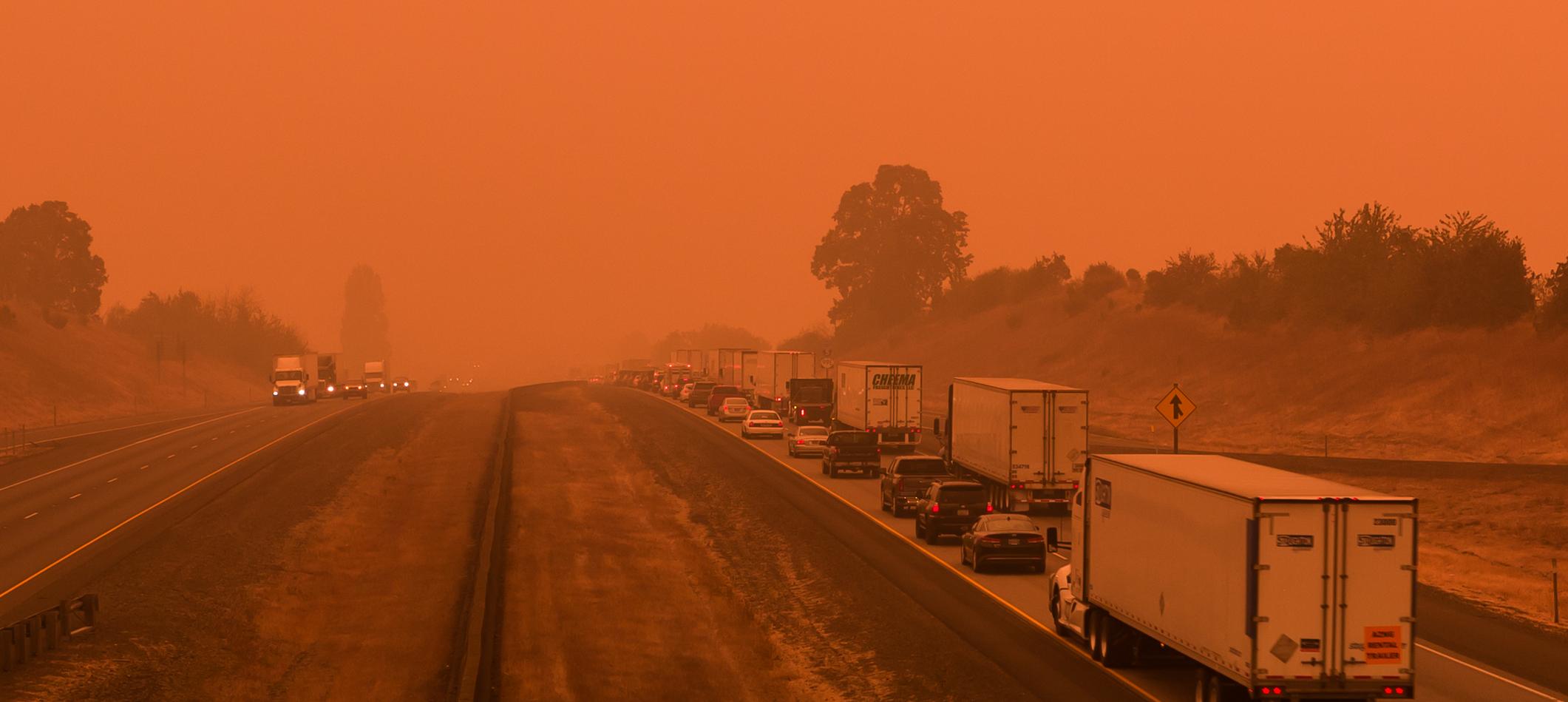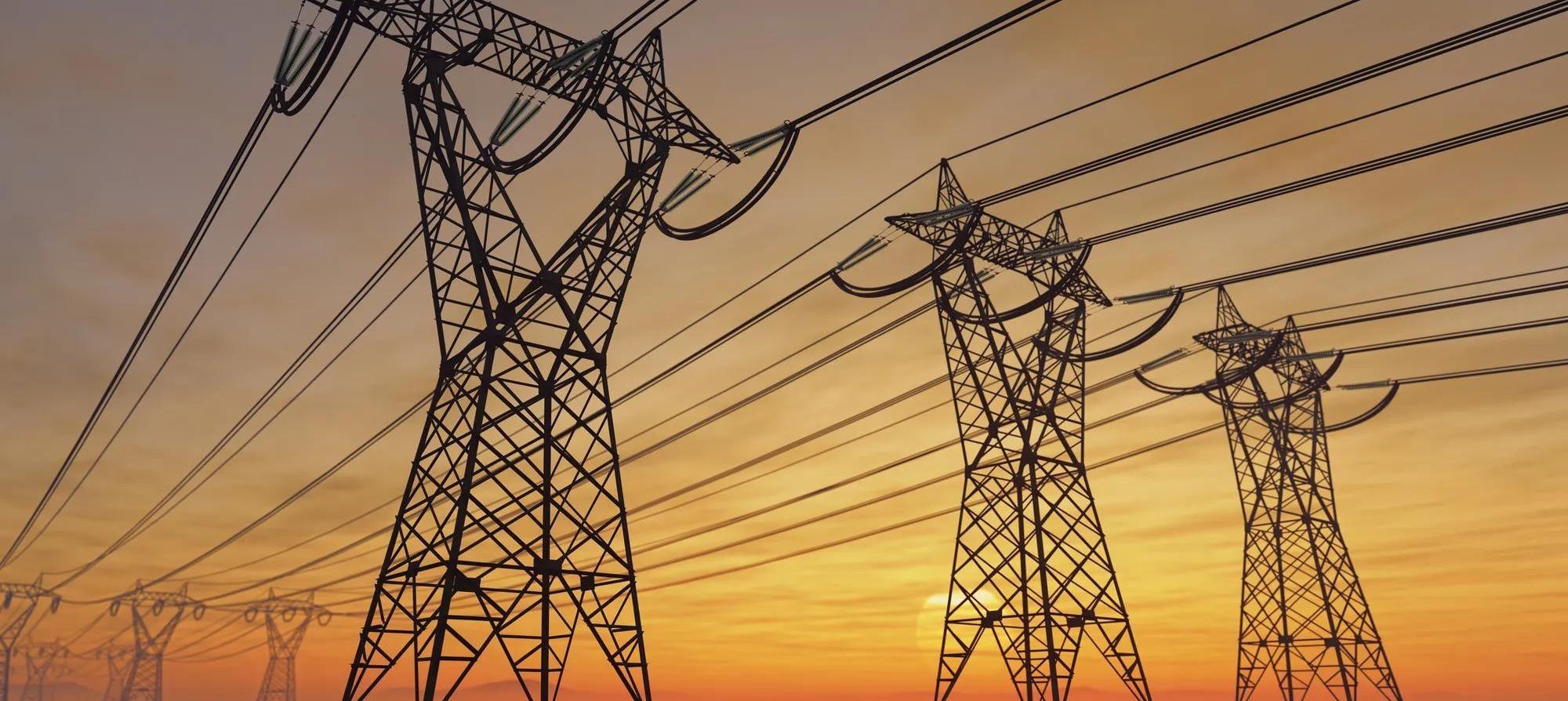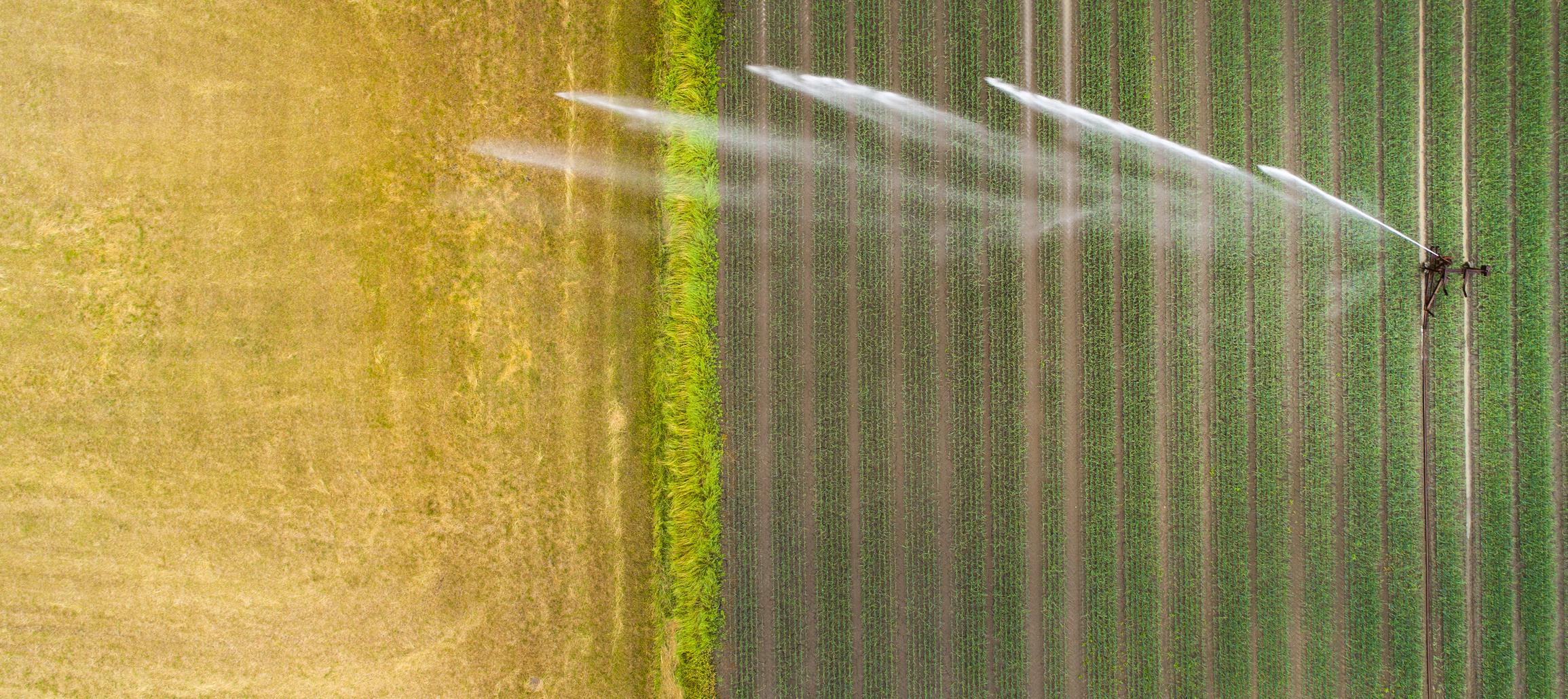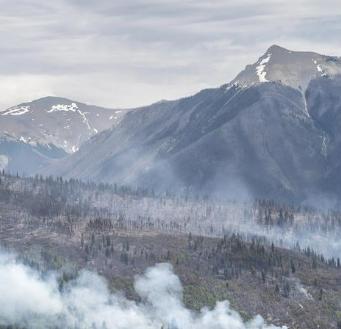-
https://climateinstitute.bmo.com/static/images/clock-icon.svg
5 Minute Read
-
Listen
-
Stop
-
Text Bigger | Smaller
By the end of June, Canada was already experiencing its worst wildfire season in recorded history. Hundreds of out-of-control infernos had incinerated more than 8.8 million hectares of land – an area greater than New Brunswick and Prince Edward Island combined – threatening the lives and homes of countless Canadians.
In an effort to address the impact these events are having on the country, George Sutherland, Senior Advisor, Climate Change & Sustainability with the BMO Climate Institute, sat down with Mike Flannigan, the B.C. Innovation Research Chair in Predictive Services, Emergency Management and Fire Science at Thompson Rivers University, and Ray Ault, Director of Prevention and Mitigation with FireSmart Canada.
“We’re in new territory,” said Flannigan, who is also the Science Director of the Canadian Partnership for Wildland Fire Science. “We’re not even into the middle of fire season, and we’ve already broken the previous record.
Listen to our ~20 minutes episode
Sustainability Leaders podcast is live on all major channels including Apple, Google and Spotify.
Wildfire Risk Is Rising
During the discussion, Flannigan explained the simple ingredients that go into creating a wildfire. They include fuel (in the form of vegetation), an ignition source (humans or lightning), and dry, hot, windy weather. “The warmer we get, the more wildfires we’ll see,” he said.
As global temperatures increase, fire season arrives earlier and lasts longer, lightning becomes more frequent, and the vegetation feeding the flames grows drier and more combustible.
Building a National Wildfire Strategy
The experts agreed that the only way to make a meaningful move in the opposite direction is for governments worldwide to act in concert to deal with the effects of human-caused climate change. Failing that, Flannigan said the country needs to be more proactive in addressing human-caused fires, even if it means taking the unpopular step of closing off forested areas in advance of extreme fire weather. Canada could also be better at quickly moving firefighters from one province to another once the flames have begun. “We seem to be reactive,” he said. “We respond after the events are already ongoing – that’s too late.”
Sutherland, who worked as a fire researcher earlier in his career, noted the approach to fighting wildfires is changing, pointing to the Canadian government’s recently released National Adaption Strategy. The report outlines a plan to work with communities in high-risk wildfire zones, including northern and Indigenous communities, to develop prevention and mitigation plans by 2030 – with 15% of those plans in place by 2028.
Flannigan described the National Adaption Strategy as a step in the right direction, but he said the country needs to devise and implement an emergency management plan for every community. “We need to be better at making informed decisions on what to do with each individual fire,” he said. “We’ve started down that path, but we’ve got some ways to go.”
The Economic Impact of Wildfires
Not all fires are bad. Forest fires are a natural phenomenon, typically caused by lightning, and have critical function in our ecological systems as they clear out old vegetation and make room for new growth. But as Sutherland explained, the challenge is when those fires get out of control and interact with humans in our built environment.
Those impacts can be severe. On the one hand, it’s relatively easy to assess the economic damage incurred by Canada’s wildfires – the Fort McMurray fires in 2016 had an estimated total cost of just under $9 billion1, for example – but the mental and health impact these events have on Canadians are harder to quantify.
“The impact on people is significant,” said Ray Ault. “In one afternoon, that community fabric is torn in such a way that it will never be repaired. It will be a different community in the future – some of those people just won’t be there. It’s difficult all the way around for families.”
Building Wildfire Resiliency in Communities
One of FireSmart’s goals is to build wildfire resilience at the community level by teaching people about the dangers they face. “We call these community wildfire protection plans,” Ault said. “It helps the community quantify their wildfire hazard risks and then develop a plan to mitigate those risks.”
In addition to increasing awareness of an important issue, putting these plans to paper can help interested communities approach the government in search of funding for their efforts. On a practical level, it teaches communities what they need to do should a fire approach their city limits. “When you actually have a fire, you have a control plan,” he said. “You know where the water is going to come from, where the crews are going to go, where your critical infrastructure is, and what things you need to protect. It’s a really useful tool.”
The organization also provides information to help individual homeowners mitigate their personal risk. This involves educating residents to identify flammable items and ensure the area surrounding their homes becomes a non-combustible zone. “Most people don’t realize that it’s not a wall of fire that threatens your home,” he said. “It’s a bunch of little burning sticks and embers, and some of them are less than three centimeters in length. If the weather conditions are right for a fire and these embers land on an ignitable surface, it creates a flame.”
Ultimately, when an area is threatened by a fire, it takes the efforts of an entire community to keep everyone safe. “It’s very difficult for the province to respond to all of those fires,” Ault said. “There just aren’t enough firefighters, fire engines and planes. If residents have organized, taken action and helped mitigate their risk, it can make a massive difference. FireSmart Canada helps folks understand how they can get started.”
1 MacEwan University Report
Featured Publications

Many corporate leaders in Canada and the U.S. have been creating climate mitigation plans to addres…

It might seem obvious to say that the energy transition will require a lot of innovation to happen.…

In the latest episode of Sustainability Leaders, I sit down to discuss growing water-related busine…





